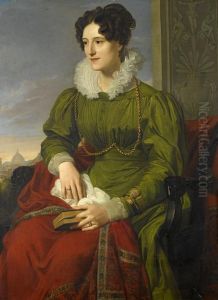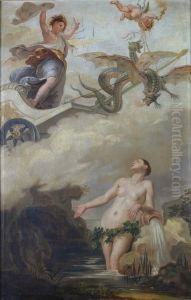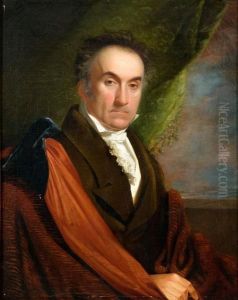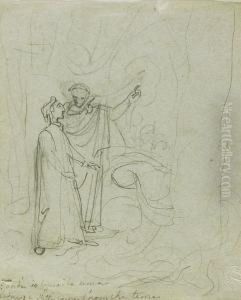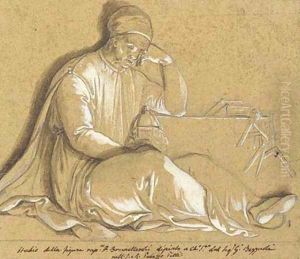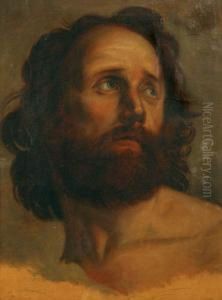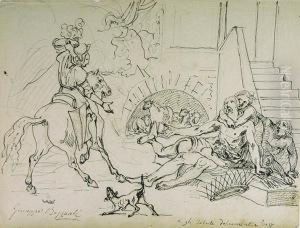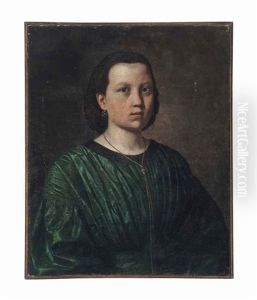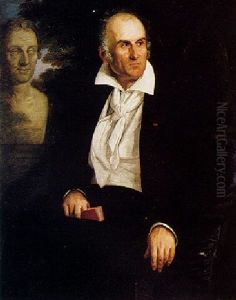Giuseppe Bezzuoli Paintings
Giuseppe Bezzuoli was an Italian painter who was born on November 28, 1784, in Florence, Italy. Known for his historical and religious paintings, Bezzuoli was a significant figure in 19th-century Italian art and a proponent of the Neoclassical and early Romantic styles.
Bezzuoli received his initial training at the Academy of Fine Arts in Florence, where he studied under Pietro Benvenuti, who was the leading Neoclassical painter in Florence at the time. After his studies, Bezzuoli traveled to Rome, which was a standard practice for artists of his era. There, he was exposed to the works of Renaissance masters, as well as the contemporary Neoclassical style, which would greatly influence his artistic development.
Upon his return to Florence, Bezzuoli began to receive commissions for religious and historical works. He painted large-scale frescoes and altarpieces for various churches and other institutions in Florence and throughout Italy. One of his most famous works is the 'Entrance of Charles VIII into Florence' (1837-1838), a grand historical canvas that depicts the French king's entry into the city in 1494. This painting is celebrated for its vivid portrayal of historical figures and its dramatic composition.
In addition to historical paintings, Bezzuoli also created portraits, landscapes, and genre scenes. He was appointed as a professor at the Academy of Fine Arts in Florence, where he taught many students who would go on to become prominent artists in their own right. His influence extended to the next generation of Italian painters, and he played a crucial role in the Florentine art scene of his time.
Giuseppe Bezzuoli's work was characterized by his skillful use of color and his ability to convey emotion and drama. Though his style evolved over time, his commitment to capturing the grandeur of history and the subtleties of human experience remained constant.
Bezzuoli died on September 13, 1855, in Florence. Today, his works are housed in various museums and galleries around the world, serving as a testament to his contribution to the Italian art tradition.


